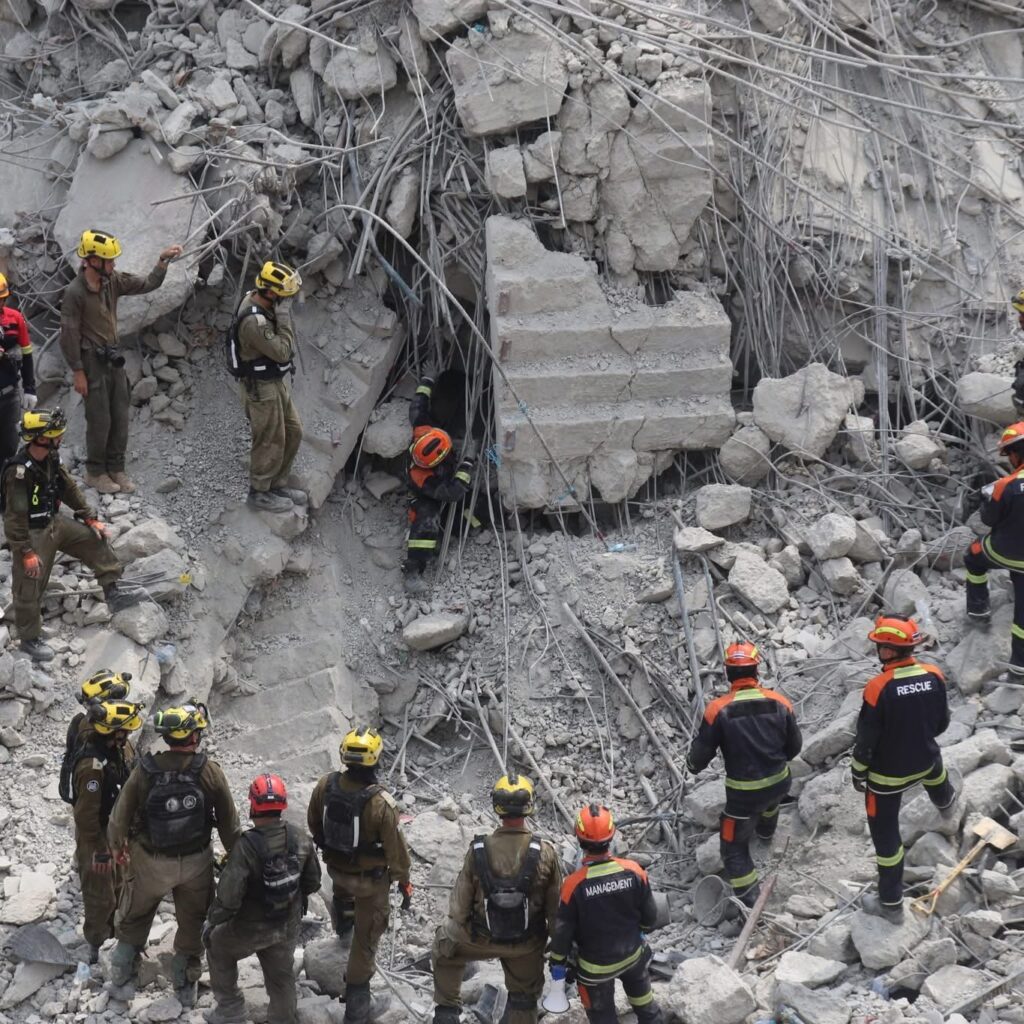In the absence of the roaring sounds of heavy machines at the collapsed under-construction State Audit Office building, a sound so soft as if a whisper penetrated through the rubble amid the continued search of hte rescue team.
It was last night that that sound raised the “little hope” carried along the daunting search and rescue task since the first day by Bangkok Governor Dr. Chadchart Sittipunt, despite growing doubt against his determination by some parties, including the BMC members.
At around 10 pm last night, shortly after the heavy machinery ceased its operation, the rescue team took turns searching for the victims still trapped under the building’s rubble, over 70, and some of the rescuers tried shouting into some cavities in Zone B of the building. They then heard that sound in response to their calls. Although it was unclear, Dr. Chadchart believed that it was a woman. So, the team scanned through their devices and saw a rough figure of a person’s body. They then asked the person to knock on the ground to signal if she/he was still alive. They heard the faint ground-knocking sound.
Since, the rescue team comprising local rescuers from notable charitable organisations as well as international teams has been working day and night up until today, which is the 7th day of the major earthquake that hit Myanmar and Thailand hard on Friday.
“I trust that we have been on the right track. It helps boost our morale and raise our hope a little more so we can carry on further,” said Dr. Chadchart, who relocated the BMA command center to the site on the 5th day and has stayed around day and night since.
It is a daunting task, the Bangkok Governor conceded. The voice was detected at around three meters deep, but tonnes of concrete slabs packed with steel bars are a major challenge. Piece by piece, around 60 tons of the slabs were cut and removed to make way for the team to go deeper into the location, which is believed to be the fire exit, and more victims would have gathered and been stuck there.
The plan has been adjusted to suit the situation, shifting from the use of heavy machines and the bare hands of the rescuers. Since last night, they have managed to get as deep as two metres more in a cavity. There is only one meter left from the sound detected.
The mission is dubbed among international rescuers who have lent hands as being among the most challenging ones in the world. Not only is the collapsed building in thick layers of floors like pancakes, but the victims are scattered between the floors all over the building.
The building is the most damaged evidence of the major earthquake that hit the country in modern times. In total, the earthquake rocked 63 provinces and caused damage to 18 provinces, according to the Department of Disaster Prevention and Mitigation.
Nearly 17,000 buildings in the city alone underwent safety checks following residents’ reports via the application Traffyfondue of hte BMA. Over 13,500 of them were reported as safe, while over 380 more were reported as moderately damaged. Two are unsafe and prohibited from use until repaired. In addition, over 3,300 state properties have also gone through similar inspections, and over 30 of them are reported to have severe damage and are prohibited from use until repaired.
As of today, the BMA reported that 22 people died in the incident (15 in the collapsed building so far), 35 more got injured, while 79 are registered as still missing.
Also read: Rescuers rush against time as they enter final hours of those trapped in collapsed under-construction building in Chatuchak/ EDITORIAL: The lessons we have never learned/ PM orders major revamp on disaster preparedness in response to public discontent

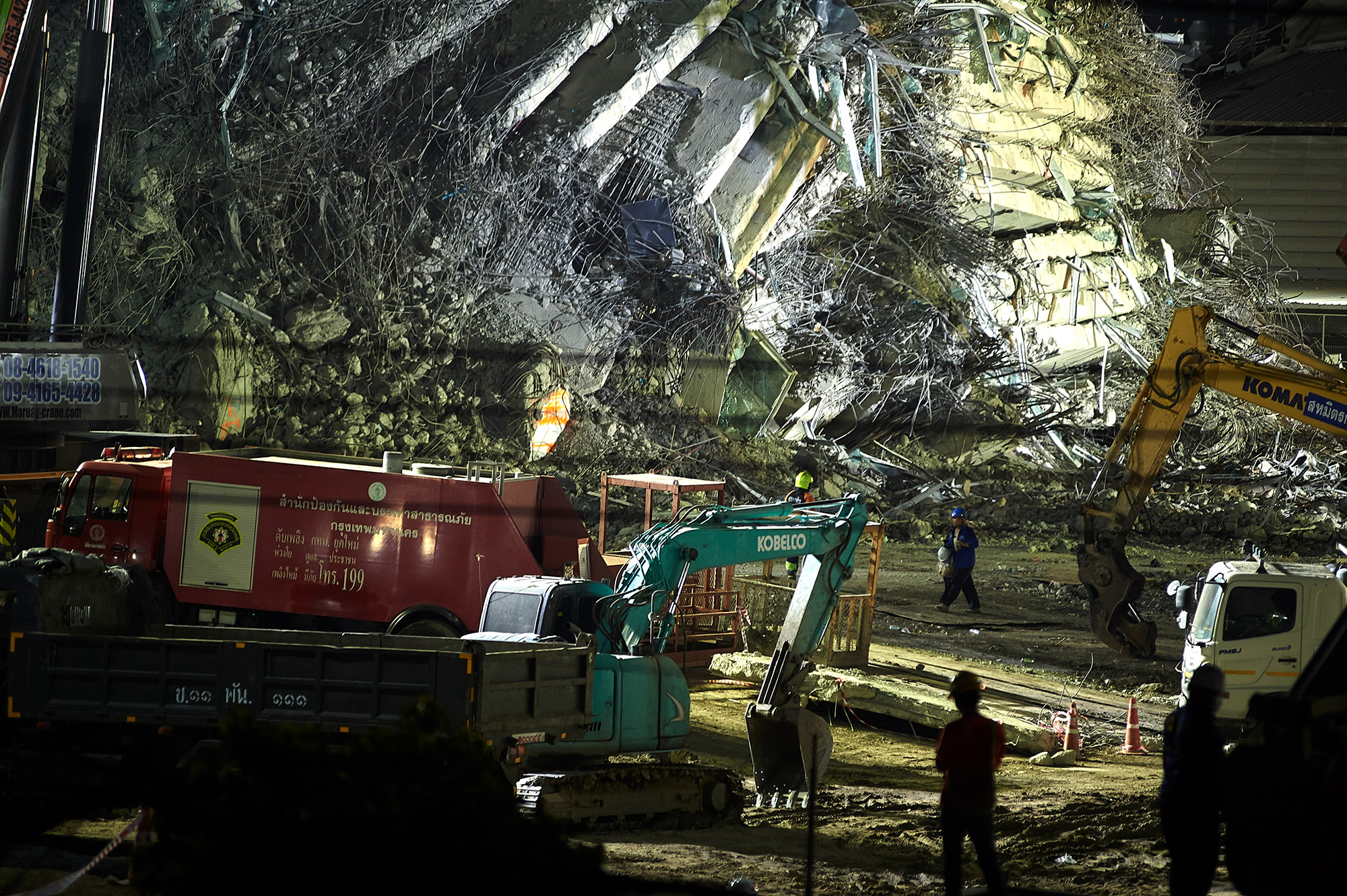
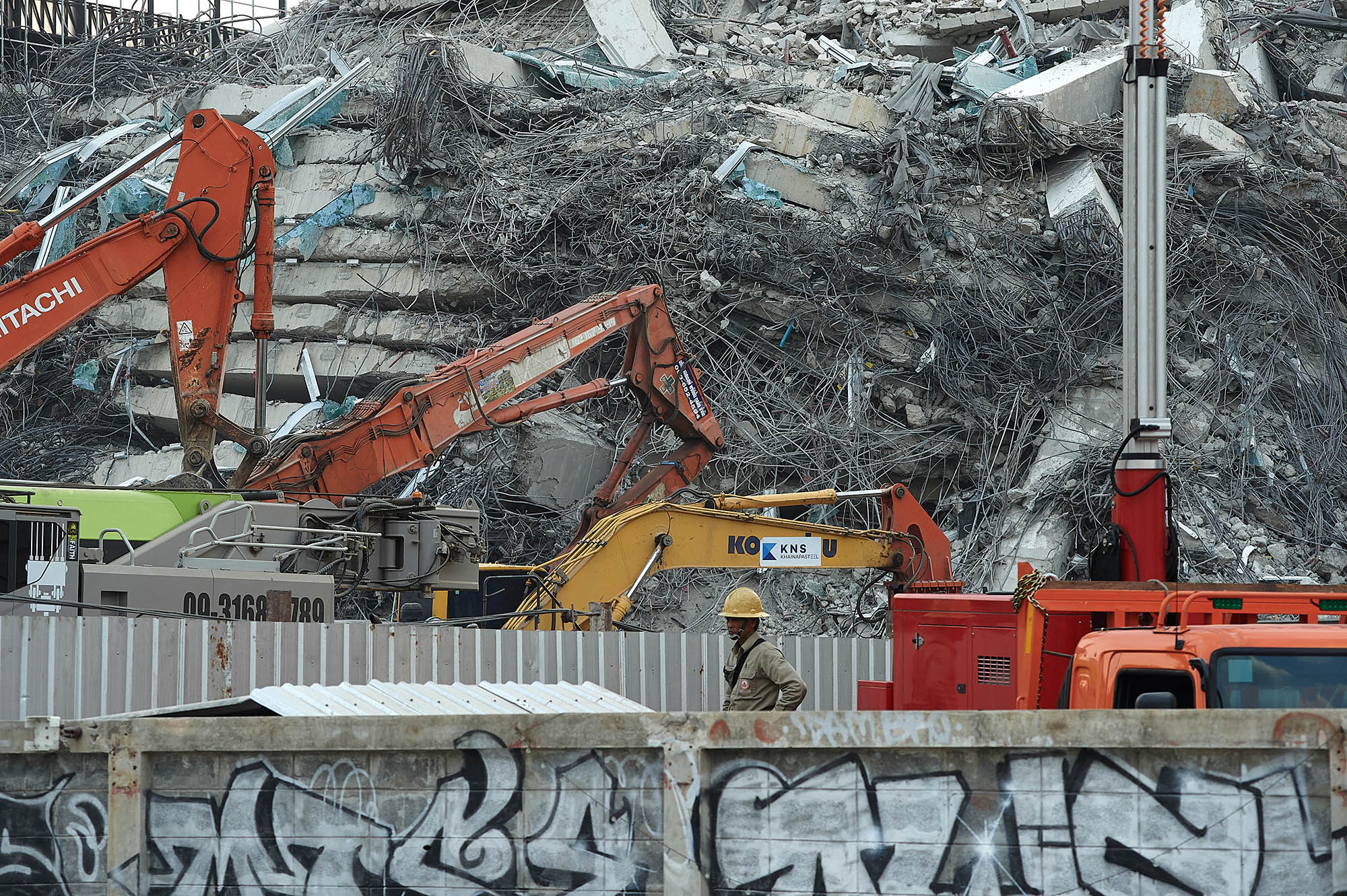

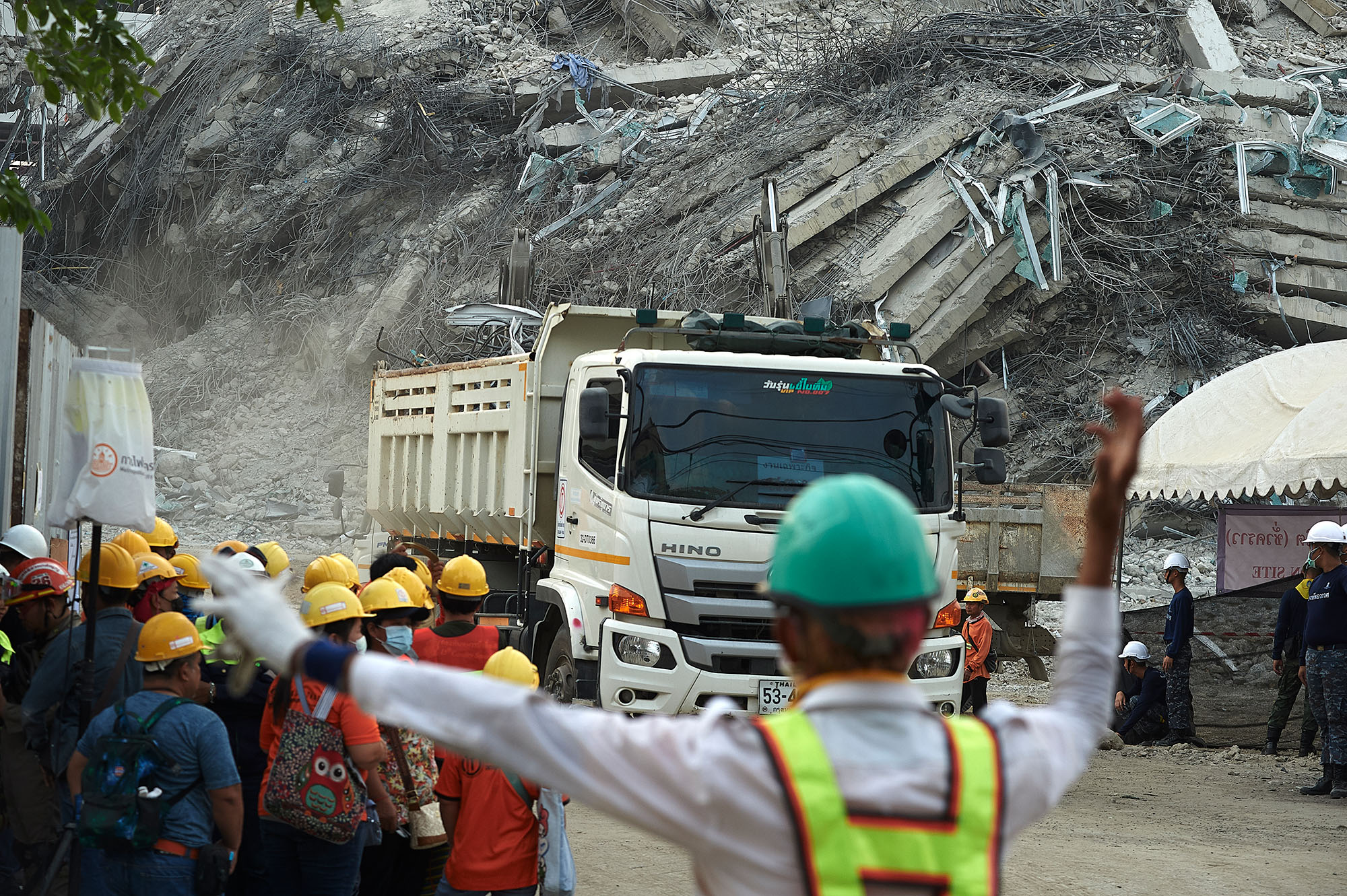
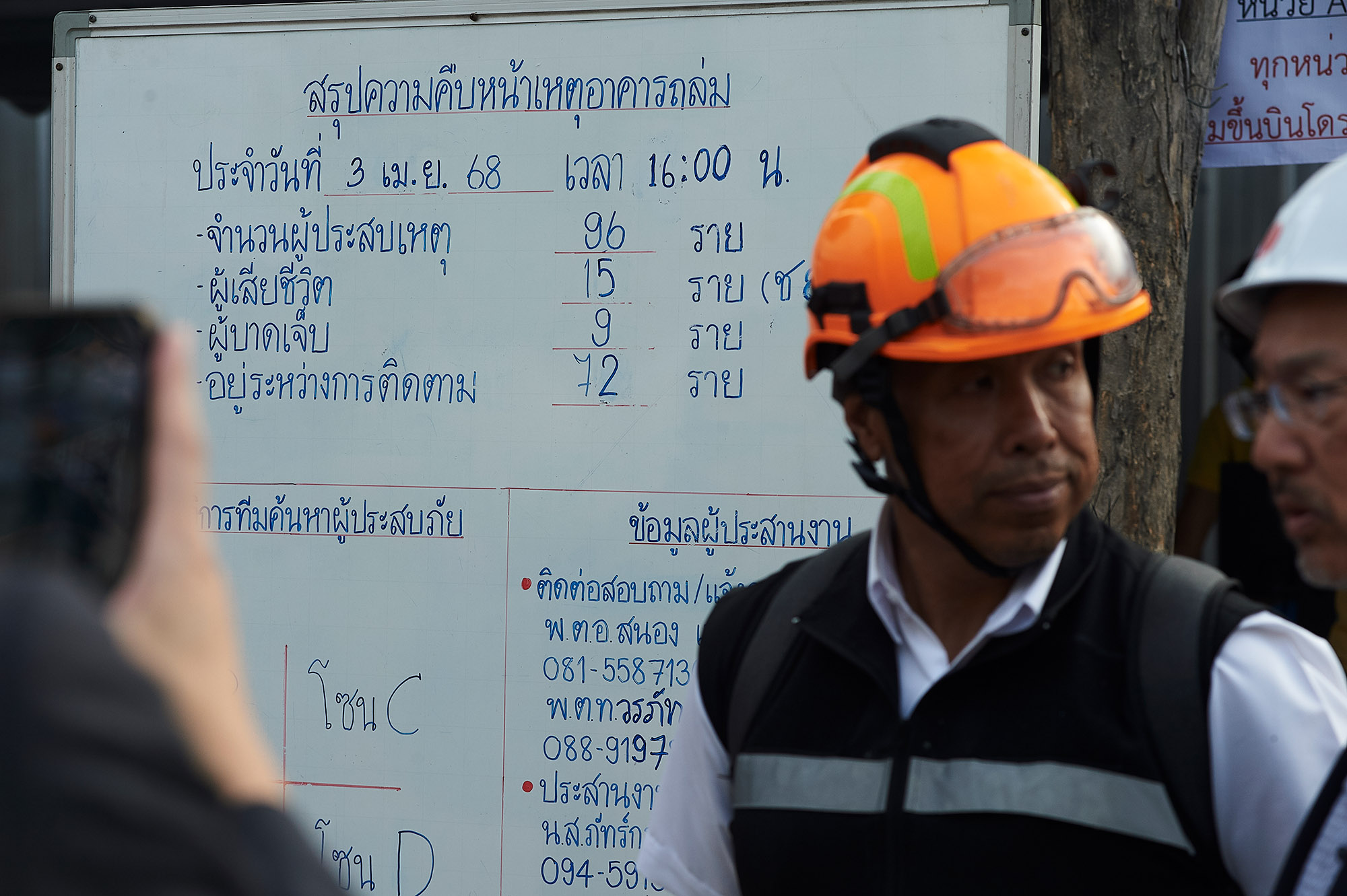
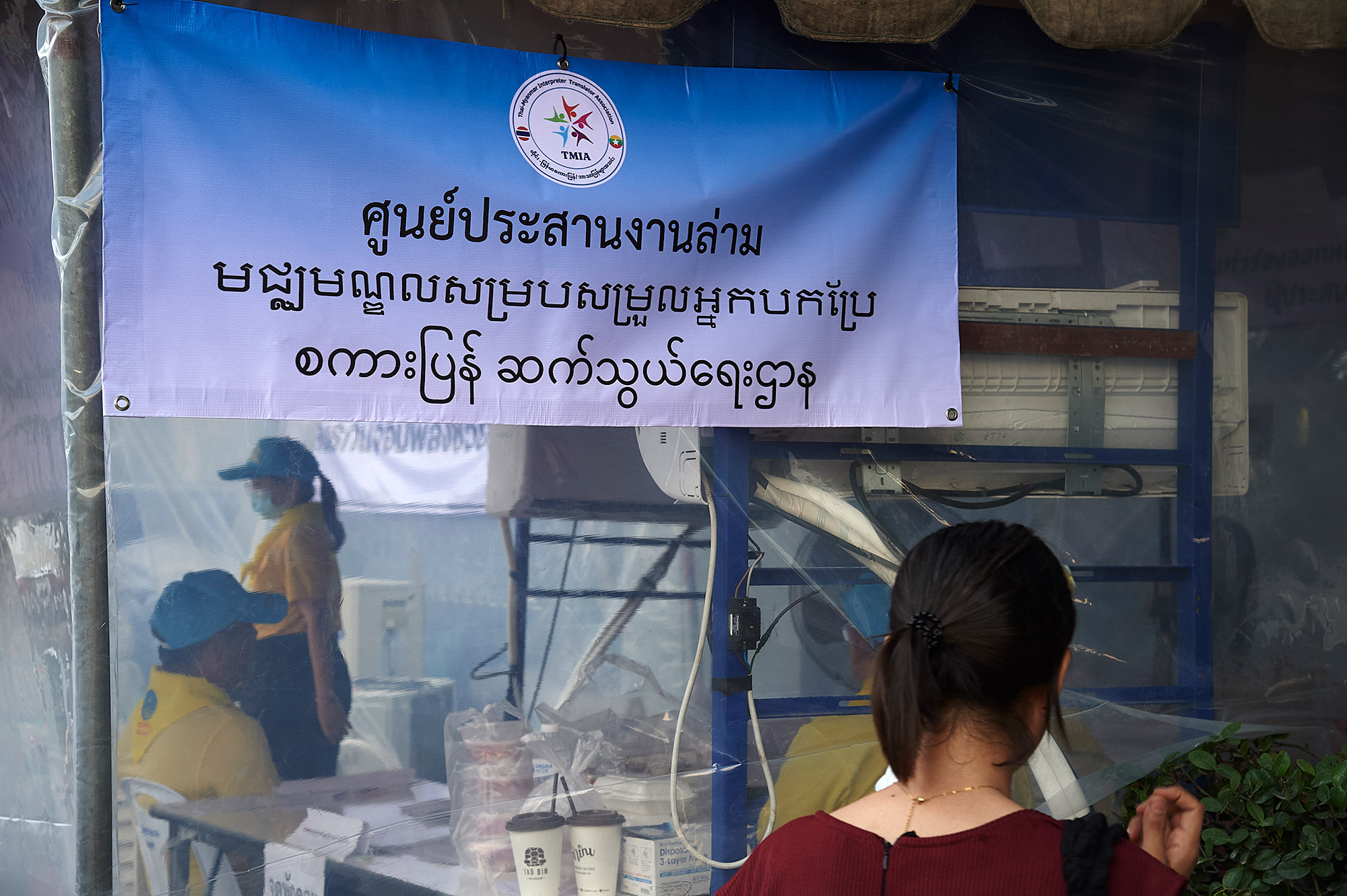
Indie • in-depth online news agency
to “bridge the gap” and “connect the dots” with critical and constructive minds on development and environmental policies in Thailand and the Mekong region; to deliver meaningful messages and create the big picture critical to public understanding and decision-making, thus truly being the public’s critical voice

